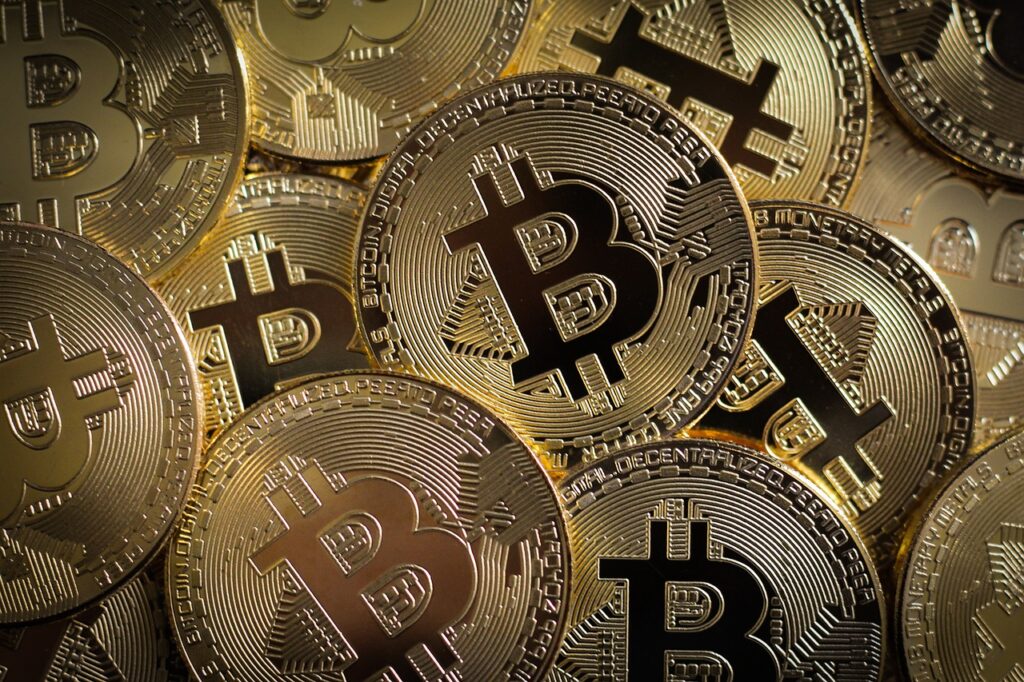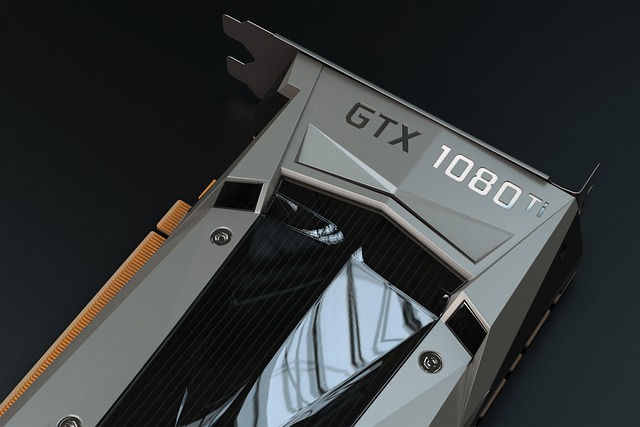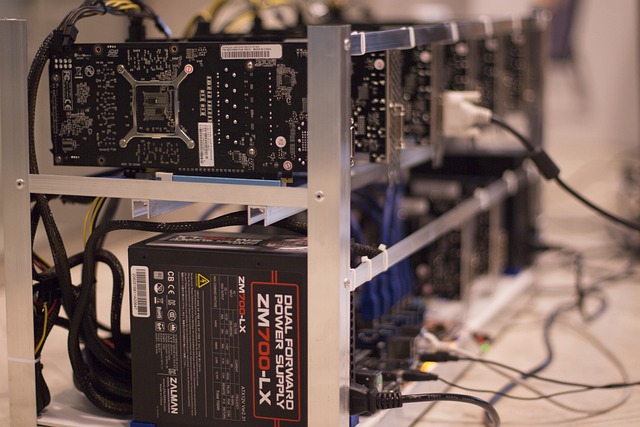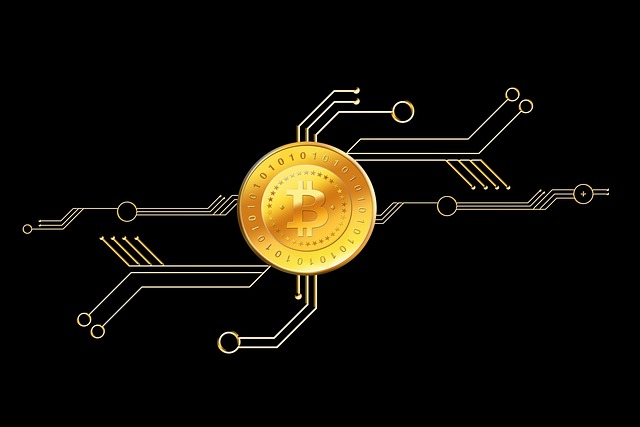DeFi Pros and Cons: What Every Investor Should Know
DeFi Pros and Cons: What Every Investor Should Know

Regulatory Uncertainty
Navigating the world of decentralized finance (DeFi) comes with its fair share of challenges and uncertainties. One of the major hurdles that both individuals and institutions face is the lack of regulatory clarity. As decentralized platforms and tokenized assets continue to gain popularity, regulators around the globe are still grappling with how to effectively oversee this rapidly evolving ecosystem.
Without clear guidelines and regulations in place, investors and stakeholders are left in a state of uncertainty. The absence of a solid regulatory framework raises concerns about the protection of user funds, privacy, and overall market stability. Additionally, as DeFi applications expand their reach and influence, there is a growing need for regulatory coordination across international boundaries. The lack of coordination adds another layer of complexity and uncertainty, creating an environment where investors may hesitate to participate fully in DeFi opportunities.
Navigating the Legal and Regulatory Landscape of Decentralized Finance
The decentralized finance (DeFi) space has been a hotbed of innovation and opportunity, with countless projects and platforms emerging to transform traditional financial services. However, this rapid growth is not without its challenges, particularly when it comes to navigating the legal and regulatory landscape. As decentralization and blockchain technology gain traction, regulators around the world are grappling with how to address this emerging sector. Each jurisdiction has its own approach, and this lack of consistency can create confusion and uncertainty for those operating in the DeFi space.
For entrepreneurs and investors looking to participate in DeFi, it is crucial to understand the regulatory environment in which they operate. This is no easy task, as the rules and regulations surrounding DeFi are still being developed. However, there are some key considerations to keep in mind. Firstly, it is essential to stay updated on the latest regulatory developments in your jurisdiction. This can involve monitoring government announcements, engaging with industry associations, and seeking legal advice when necessary. Secondly, taking a proactive approach to compliance can help mitigate legal risks. Adopting Know Your Customer (KYC) and Anti-Money Laundering (AML) measures, for example, can demonstrate a commitment to legal compliance and help build trust with regulators and users alike.
Interoperability Challenges
In the world of decentralized finance (DeFi), one of the major hurdles that participants face is the challenge of interoperability. Interoperability refers to the ability of different DeFi protocols and platforms to seamlessly communicate and interact with each other. While the concept of DeFi holds immense potential for revolutionizing the financial landscape, this lack of interoperability can hinder its progress and limit its widespread adoption.
Without proper interoperability, users are often faced with the frustrating task of navigating various protocols and platforms, each with their own set of rules and requirements. This lack of integration makes it difficult for users to easily transfer assets or utilize different services across different networks. As a result, the benefits and efficiencies promised by DeFi can be overshadowed by the complexities and limitations imposed by a lack of interoperability.
To tackle this challenge, developers and industry participants are actively working towards creating interoperability solutions. Projects such as cross-chain bridges and protocol standardization aim to bridge the gap between different DeFi platforms, enabling the seamless transfer of assets and the utilization of services across various networks. By addressing the interoperability challenges, DeFi can unlock its full potential and pave the way for a truly interconnected and efficient financial ecosystem.
The Hurdles of Seamless Integration and Interconnectivity in DeFi
DeFi, or decentralized finance, has emerged as an innovative and promising sector within the cryptocurrency space. However, one of the main challenges faced by DeFi projects is the seamless integration and interconnectivity between different networks and platforms. The decentralized nature of these projects often leads to a fragmented landscape, where interoperability becomes a major hurdle.
The lack of standardization and uniform protocols across various DeFi platforms presents a significant challenge for developers and users alike. Each project may have its own unique set of rules, smart contracts, and blockchain technology, making it difficult for different protocols to interact with each other. This lack of interconnectivity restricts the potential of DeFi, hindering the efficiency and fluidity that could be achieved through seamless integration. Without a cohesive and interoperable ecosystem, the full benefits of DeFi cannot be realized, limiting its potential impact in the broader financial landscape.
Scalability Issues
Scaling is a hot topic when it comes to decentralized finance (DeFi), and for good reason. As the popularity of DeFi grows, so does the demand for fast and efficient transaction processing. Unfortunately, many DeFi networks struggle with scalability issues, hindering their ability to handle a large influx of users and transactions. This can result in network congestion, slower transaction times, and higher fees, ultimately impeding the growth and widespread adoption of DeFi.
One of the primary factors contributing to scalability challenges in DeFi is the underlying blockchain technology. Traditional blockchains like Ethereum, which many DeFi platforms are built on, have limitations when it comes to processing a large number of transactions simultaneously. Each transaction needs to be verified and recorded by every participating node in the network, which can lead to bottlenecks and delays. As a result, users may experience frustratingly long confirmation times and costly fees, hampering the user experience and making DeFi less accessible to everyday investors.
Addressing scalability issues is crucial for the long-term success of DeFi. Various solutions are being explored to improve transaction throughput and reduce network congestion. Layer 2 solutions such as state channels and sidechains aim to offload a significant portion of transaction processing to secondary chains while still maintaining the security of the main blockchain. Additionally, new blockchain technologies, like Polkadot and Cosmos, are designed with scalability in mind, employing a network of interconnected blockchains to improve transaction throughput. These innovative approaches show promise in overcoming scalability challenges and enabling DeFi to reach its full potential, providing users with faster and more affordable transactions.
Addressing the Limitations and Potential Bottlenecks in DeFi Networks
DeFi networks have undoubtedly revolutionized the way we conduct financial transactions. However, like any technology, they come with their fair share of limitations and potential bottlenecks. One key challenge in DeFi networks is scalability. As the popularity of decentralized finance continues to grow, the networks struggle to handle the increasing number of participants and transactions. This congestion can lead to slower processing times and higher transaction fees, ultimately hindering the seamless integration and interconnectivity that DeFi promises.
To address this issue, developers are actively exploring various solutions.

• Layer-two scalability solutions, such as sidechains or state channels, can alleviate congestion on the main blockchain
• Cross-chain interoperability protocols enable different DeFi platforms to communicate and collaborate with each other
• These solutions foster a more cohesive decentralized ecosystem and enhance the overall efficiency of DeFi networks
Market Volatility
The world of decentralized finance, or DeFi, has been characterized by its rapid growth and immense potential for investors. However, it’s crucial to acknowledge the inherent risks and challenges that come with this flourishing ecosystem. One such obstacle is market volatility, which can significantly impact DeFi investments.
Market volatility refers to the unpredictable changes and fluctuations in prices and market conditions. It is a common occurrence in traditional financial markets, and the same holds true for decentralized finance. The decentralized nature of DeFi platforms means that they are not immune to the influence of external factors, such as global economic events or regulatory developments. As a result, investors may experience sudden and dramatic shifts in the value of their assets within a short period.
The impact of market volatility on DeFi investments can be both positive and negative. On the one hand, investors have the potential to reap significant profits during periods of market upswings. However, on the flip side, they also face the risk of substantial losses during market downturns. The fast-paced and rapidly evolving nature of decentralized finance can amplify this volatility, making it crucial for investors to adopt strategies and practices that mitigate these risks.
The Impact of Price Fluctuations and Market Instability on DeFi Investments
Investing in decentralized finance (DeFi) comes with its fair share of risks, one of which is the impact of price fluctuations and market instability.

When the market experiences instability and prices fluctuate rapidly, it can lead to a cascade of reactions among DeFi investors. Some may panic and sell off their assets in an attempt to minimize potential losses, while others may seize the opportunity to buy-in at a lower price. These sudden changes in market sentiment can create a domino effect within the DeFi ecosystem, impacting the overall stability and valuation of decentralized assets. Therefore, understanding and navigating through these price fluctuations becomes a crucial factor for investors aiming to optimize their returns and mitigate potential risks in the wild world of DeFi.
Mitigating Risks in DeFi
As the decentralized finance (DeFi) sector continues to gain traction, it’s important for investors to understand the potential risks involved and adopt strategies to mitigate them. One key aspect to mitigate risks in DeFi is to conduct thorough research before investing in any project. By understanding the underlying technologies, governance structures, and the team behind a DeFi protocol, investors can make more informed decisions.
Another crucial step in mitigating risks is to diversify your DeFi portfolio. Investing in a variety of projects across different sectors can help spread the risks and prevent potential heavy losses. Additionally, it is vital to stay updated with the latest news and developments in the DeFi space. Monitoring regulatory changes, industry trends, and security vulnerabilities can provide insights into potential risks and allow investors to adjust their strategies accordingly.
By staying informed, conducting thorough research, diversifying investments, and adopting a cautious approach, investors can mitigate risks in the exciting yet volatile world of decentralized finance. However, it’s important to note that risks can never be completely eliminated, and investors need to be prepared for unexpected market fluctuations or technical vulnerabilities.
Strategies and Best Practices for Investors to Minimize Potential Losses
Investing in decentralized finance (DeFi) can offer promising opportunities, but it also comes with its fair share of risks. To minimize potential losses, there are certain strategies and best practices that investors can follow. First and foremost, conducting thorough research is paramount. Understanding the project’s fundamentals, the team behind it, and evaluating its long-term viability are crucial. It’s important to delve into the project’s whitepaper, examine the technology and architecture, and assess any potential red flags that may indicate an unstable or fraudulent project. Diving deep into the project’s community, engaging with other investors, and getting insights from experts can also provide valuable information.
Another essential strategy to minimize potential losses is diversification. Allocating investments across multiple DeFi projects can help spread out risks and reduce the impact of any individual project’s failure. Investors should consider investing in various sectors within DeFi, such as lending, decentralized exchanges, or yield farming. Diversification can help safeguard investments and ensure that if one project fails, others may continue to thrive, mitigating the overall impact on the portfolio. Keeping up with market trends and news, staying informed about regulatory developments, and regularly monitoring investments are additional practices that investors should adopt to ensure they are making informed decisions and staying ahead of any potentially market-altering events.
What is regulatory uncertainty?
Regulatory uncertainty refers to the lack of clear and consistent regulations for decentralized finance (DeFi) platforms. This can create challenges for investors as they navigate the legal and regulatory landscape.
How can investors navigate the legal and regulatory landscape of DeFi?
To navigate the legal and regulatory landscape of DeFi, investors should stay informed about the latest developments in regulations, consult with legal experts, and ensure compliance with applicable laws and regulations.
What are interoperability challenges in DeFi?
Interoperability challenges in DeFi refer to the difficulties in achieving seamless integration and interconnectivity between different DeFi platforms.

How can the hurdles of seamless integration and interconnectivity in DeFi be addressed?
To address the hurdles of seamless integration and interconnectivity in DeFi, developers and stakeholders can collaborate on standardization efforts, promote interoperability protocols, and actively work towards enhancing cross-platform compatibility.
What are scalability issues in DeFi networks?
Scalability issues in DeFi networks arise when the infrastructure struggles to handle a high volume of transactions and users. This can result in delays, high fees, and limited scalability.
How can the limitations and potential bottlenecks in DeFi networks be addressed?
To address scalability issues, developers can explore layer 2 solutions, such as sidechains or off-chain protocols, to increase network capacity and improve transaction speed. Additionally, optimizing smart contract code and adopting innovative scaling technologies can help mitigate bottlenecks.
What is the impact of market volatility on DeFi investments?
Market volatility refers to the rapid and significant price fluctuations and market instability. It can have both positive and negative impacts on DeFi investments, potentially leading to significant gains or losses.
How can investors mitigate the risks of market volatility in DeFi?
To mitigate the risks of market volatility, investors can diversify their portfolios, set stop-loss orders, conduct thorough research before investing, and stay updated on market trends. Additionally, implementing risk management strategies, such as setting clear investment goals and utilizing hedging instruments, can help minimize potential losses.
What are some strategies and best practices for investors to minimize potential losses in DeFi?
Some strategies and best practices for investors to minimize potential losses in DeFi include conducting thorough due diligence, diversifying investments, setting realistic expectations, staying informed about market trends, and actively monitoring and managing investment portfolios. Additionally, implementing proper risk management techniques and seeking professional advice can be beneficial.
Todays Featured Product:
Buy, exchange and grow your crypto securely with a Ledger hardware wallet, combined with the Ledger Live app. It’s never been easier to keep your crypto safe and accessible. Buy direct from Ledger.com and get todays Special Offers Here.




